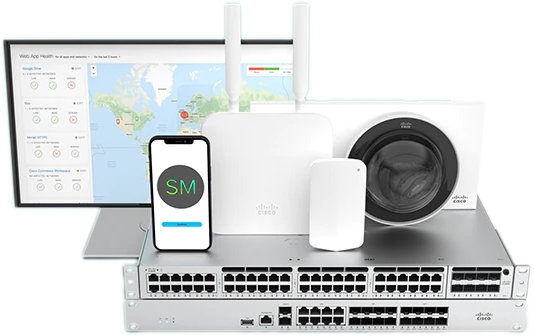 There are plenty of reasons to invest in a good Uninterruptible Power Supply, but occasionally, it's a true must-have.If you're looking to perform network upgrades and need to ensure critical systems remain online, even if someone accidentally unplugs the wrong cord, you need to have a ups backup in place to keep your systems running. Otherwise, a single "oops" could cost you thousands of dollars, or more.
There are plenty of reasons to invest in a good Uninterruptible Power Supply, but occasionally, it's a true must-have.If you're looking to perform network upgrades and need to ensure critical systems remain online, even if someone accidentally unplugs the wrong cord, you need to have a ups backup in place to keep your systems running. Otherwise, a single "oops" could cost you thousands of dollars, or more.But then, even if you have a UPS, you need to know it's working before you start your upgrades. A UPS battery generally only has a useful lifespan of 3 years, the same as virtually any rechargeable battery. Plus, that lifespan can also be shortened by environmental factors, such as unreliable climate control.
Before doing network upgrades, you should always test your UPS units. Here's how!
 How to Test UPS Battery Backup
How to Test UPS Battery Backup
1 - If it's beeping, it's dead.
At any point, if your UPS starts beeping loudly at you, that means the battery has failed. This isn't a warning of future failure; it's already happened. A beeping backup should be immediately retired from use until the battery is replaced.
2 - Download software from your manufacturer.
Most of the quality UPS vendors have networked software that can remotely monitor and test your backup system from a console. This is the best way of keeping tabs on your backups in general, and makes testing them simple. There's no need to unhook anything unless you actually have reason to suspect failure.
For reference, here are relevant links for the top manufacturers:
APC PowerChute Business Edition
If you can't find any official software from your vendor, SpiceWorks has a nice free UPS software suite that should be able to handle most small- and medium-sized business needs.
3 - Check the UPS itself.
Virtually all battery backup systems will have some LEDs on the front panel, if not a full screen, displaying some status information. These will usually alert you to issues, although you may have to find/download the manual to interpret them.
Also, many vendors include a self-test button on the UPS that tests its systems without actually cutting the flow of power through it. This is more common on floor units rather than rack-mounts. The results of this test are virtually always reliable.
Now, this is about as far as you can go testing your UPS without unhooking it. Depending on how your network is wired up, actually disconnecting the UPS may not be feasible.
However, if you are in a situation where it can be disconnected without shutting off anything important...
 4 - Unplug the UPS.
4 - Unplug the UPS.
Simply unplugging the UPS backup from its power will provide a very immediate test of its ability to function. This is when many units will start beeping, once they "realize" the battery cannot maintain its output when disconnected from the main power source.
If the UPS still seems fine after disconnecting it from the power, plug in a few non-essential pieces of equipment (random laptops, cell phones, etc) and make sure it powers them for at least a few minutes.
At this point, you've done just about everything possible to test your UPS. If its software and your tests all check out, it should be good to go for the duration of your network upgrades.
Never Climb Without A Safety Rope
If your firm is like most businesses these days, your network is too important to interrupt its functions. When you're growing your network and expanding your services, you need to know that the power will remain on through this critical process.
Just like you wouldn't climb without a rope, it's a poor idea to upgrade a network without an attached battery backup system.
And for more advice on performing successful network upgrades, please don't forget that you can always get a free consultation from Hummingbird Networks!










